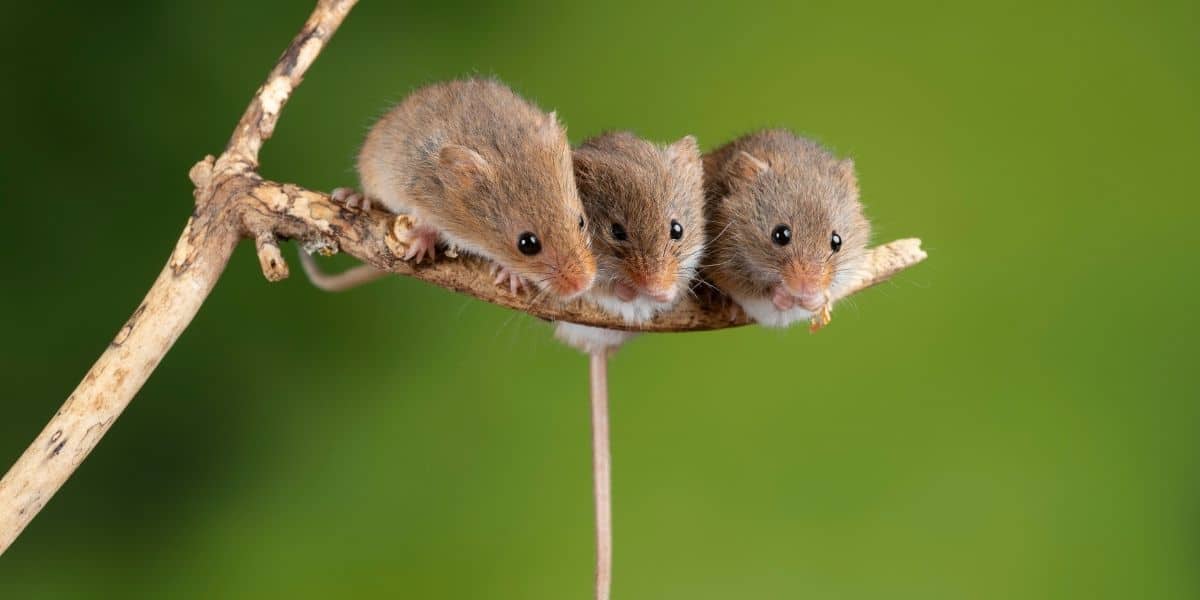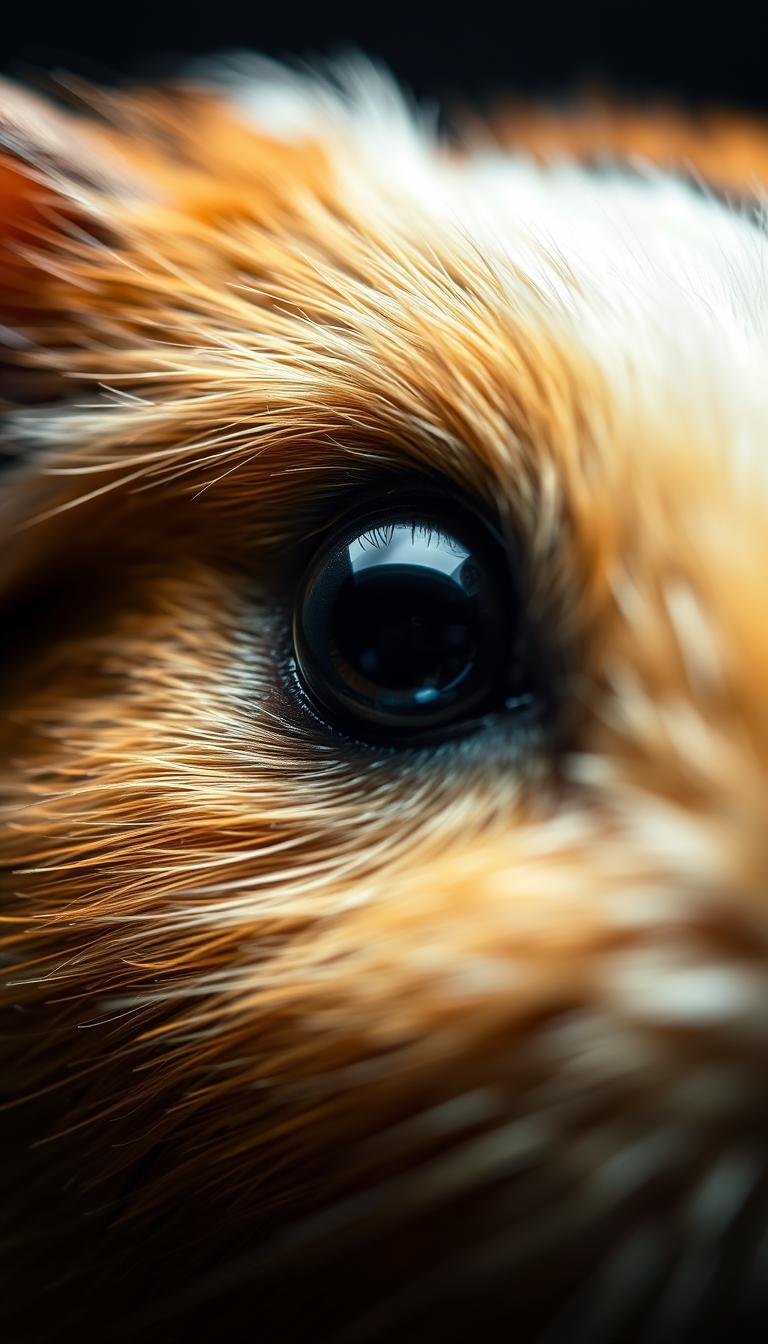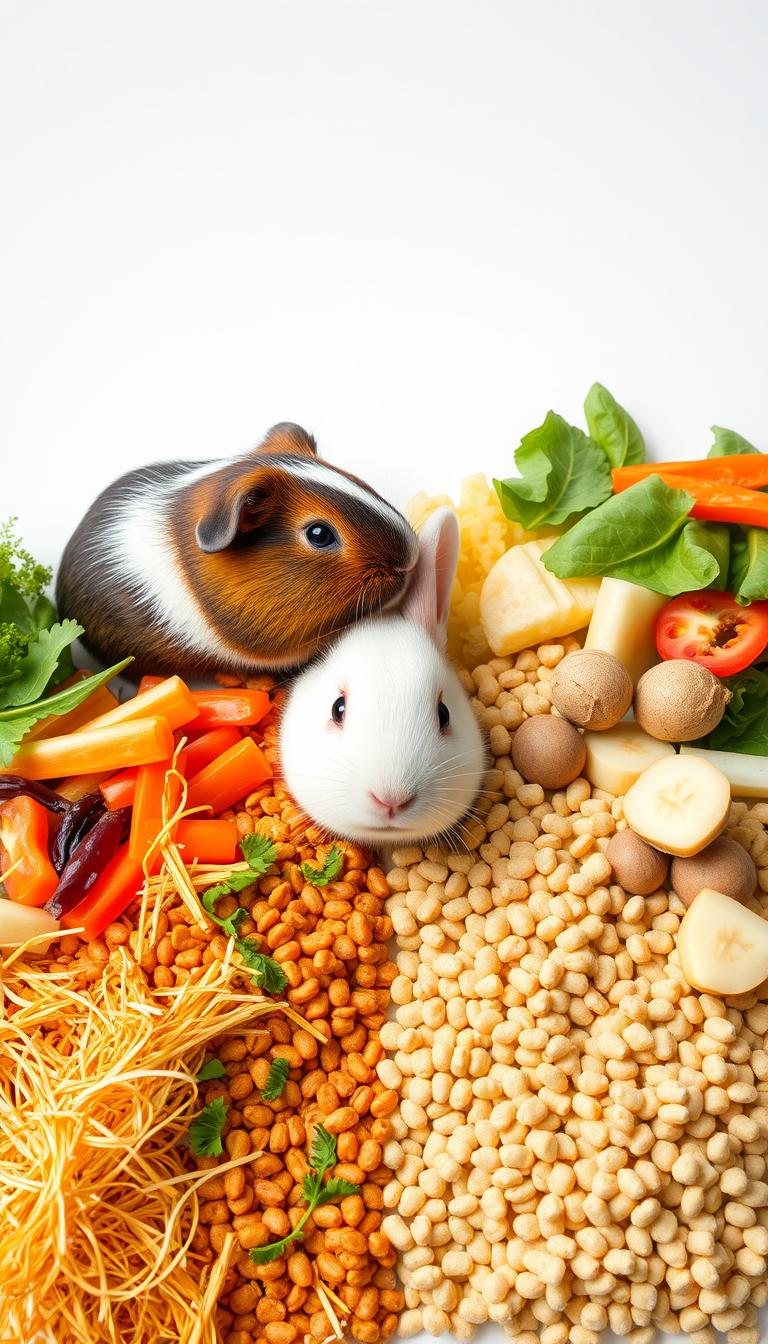Adorably enough, a group of mice is called a ‘mischief.’ Mice are group animals, and will groom, play, etc. You’re unlikely to find one that doesn’t belong to its own, and there are about a dozen to two dozen mice in each mischief.
Table of Contents
Are Mice Sociable With Each Other?
Mice are highly sociable creatures, with surprisingly complex personalities, considering how tiny short-lived they are (wild mice typically do not live more than 1-2.5 years). They breed, groom, play, and care for their young, sharing a cozy little burrow!
They will sleep during the day, and scurry about and forage together once it’s dark. Occasionally, male mice will fight (particularly over mates).
What is a Group of Mice Called?
A group of mice is most commonly referred to, fittingly, as a mischief. These naughty little creatures are notorious for making themselves at home in kitchens, basements, and cellars.
They are drawn to home because they are warm, secure from predators, and food is plentiful. Mice may also help themselves to crops (they are just trying to survive, after all).
As pets, mice also can be quite mischievous and playful. Usually, there are one dozen to two dozen mice in each ‘mischief.’
What is a Female Mouse Called?
Just like gerbils and hamsters, female mice are called ‘does.’ Does tend to be a bit more sweet-natured than males.
The males are prone to fighting, and so that they can mark their territory, their pee contains a pungently stinky musk.
For this reason, does are generally considered more desirable as pets. They may be easier to bond with as they are a bit tamer!
What is a Male Mouse Called?
A male mouse is called a buck. This is a rather auspicious name for such a tiny creature, isn’t it?
Male mice can also make lovely pets, but should typically be kept only with other males. Otherwise, they will likely fight over the females, which doesn’t make for an environment that’s very peaceful.
The best groupings are all females or all males, as this will keep fighting to a minimum. The only downside to male mice is that their pee contains a smelly musk, making cage hygiene more important than ever!
What is a Baby Mouse Called?
Baby mice are referred to as either ‘pinkies,’ or ‘pups.’ This is due to their hairless, vibrant pink color. A resemblance to dog ‘pups,’ can certainly be seen as well.
Pinkies are born in litters of 3-14. They will become full-grown at 3-6 months, and they stay with their mothers for 5 weeks, before becoming curious and active (and immensely cute).
The next time you see a mouse, you’ll know it belongs to its own little ‘mischief.’ There are few names that could be more suitable, or cuter!




